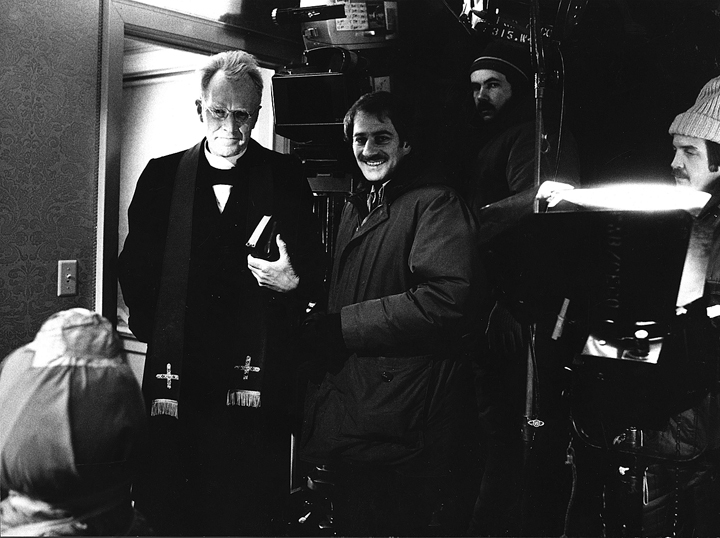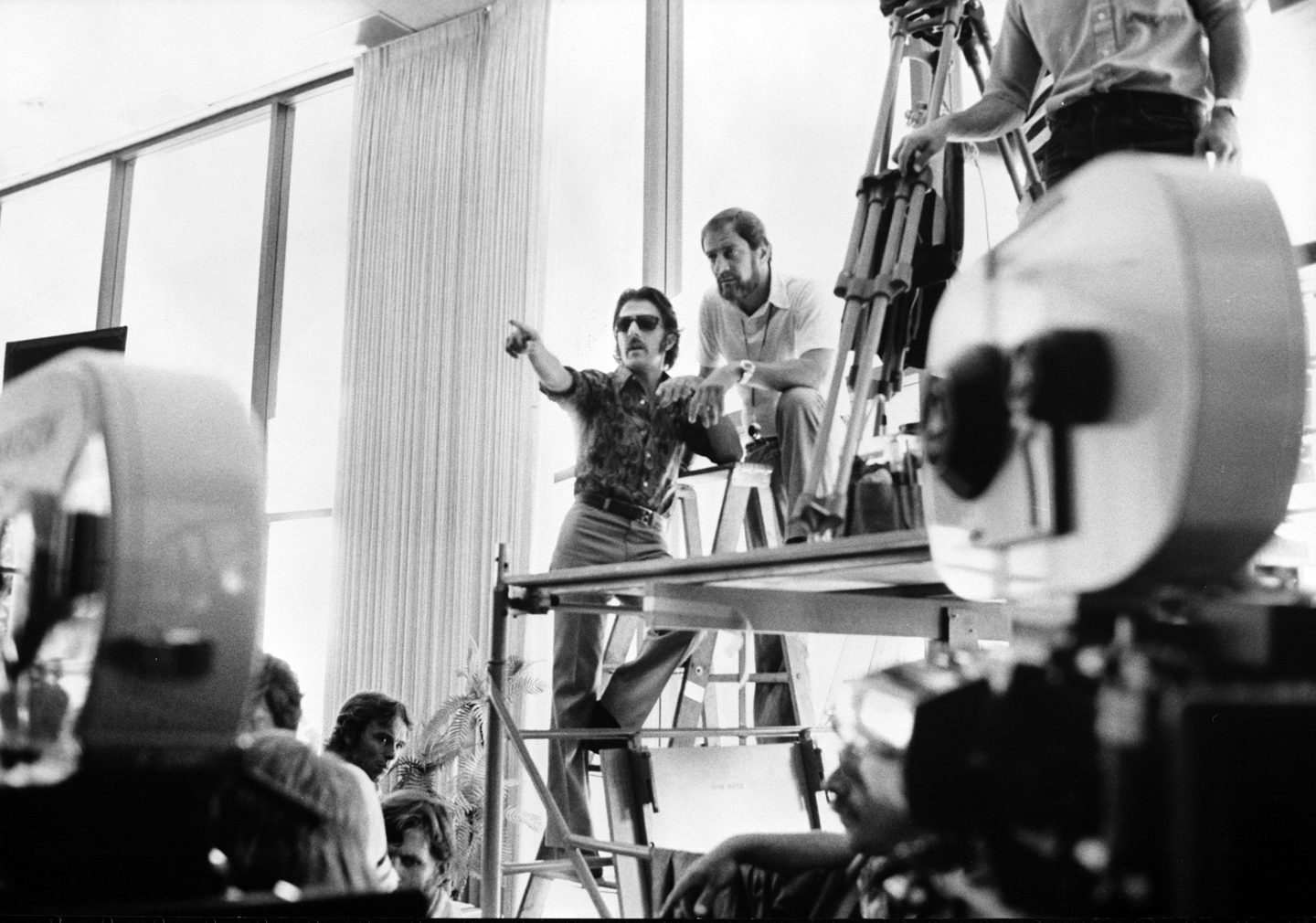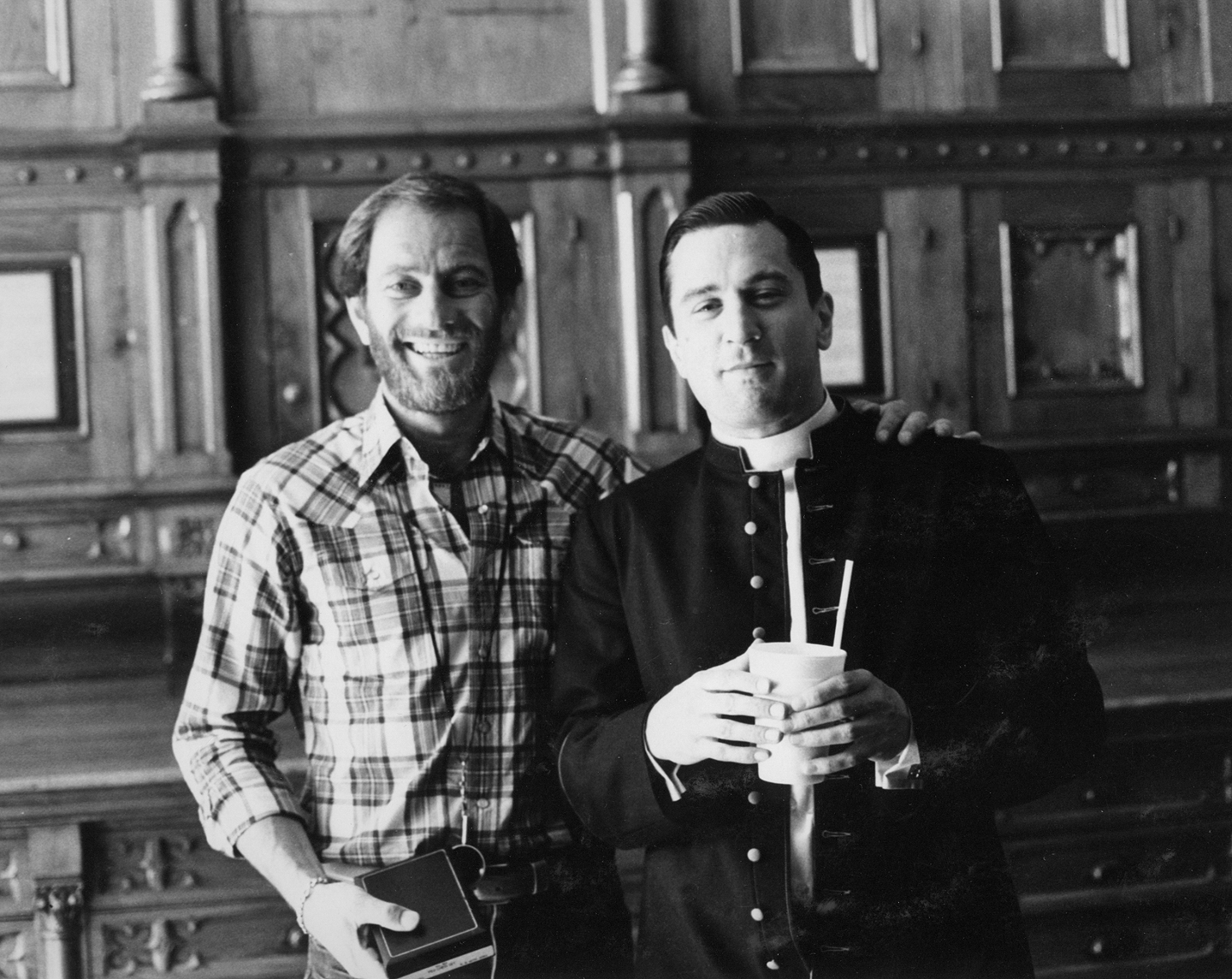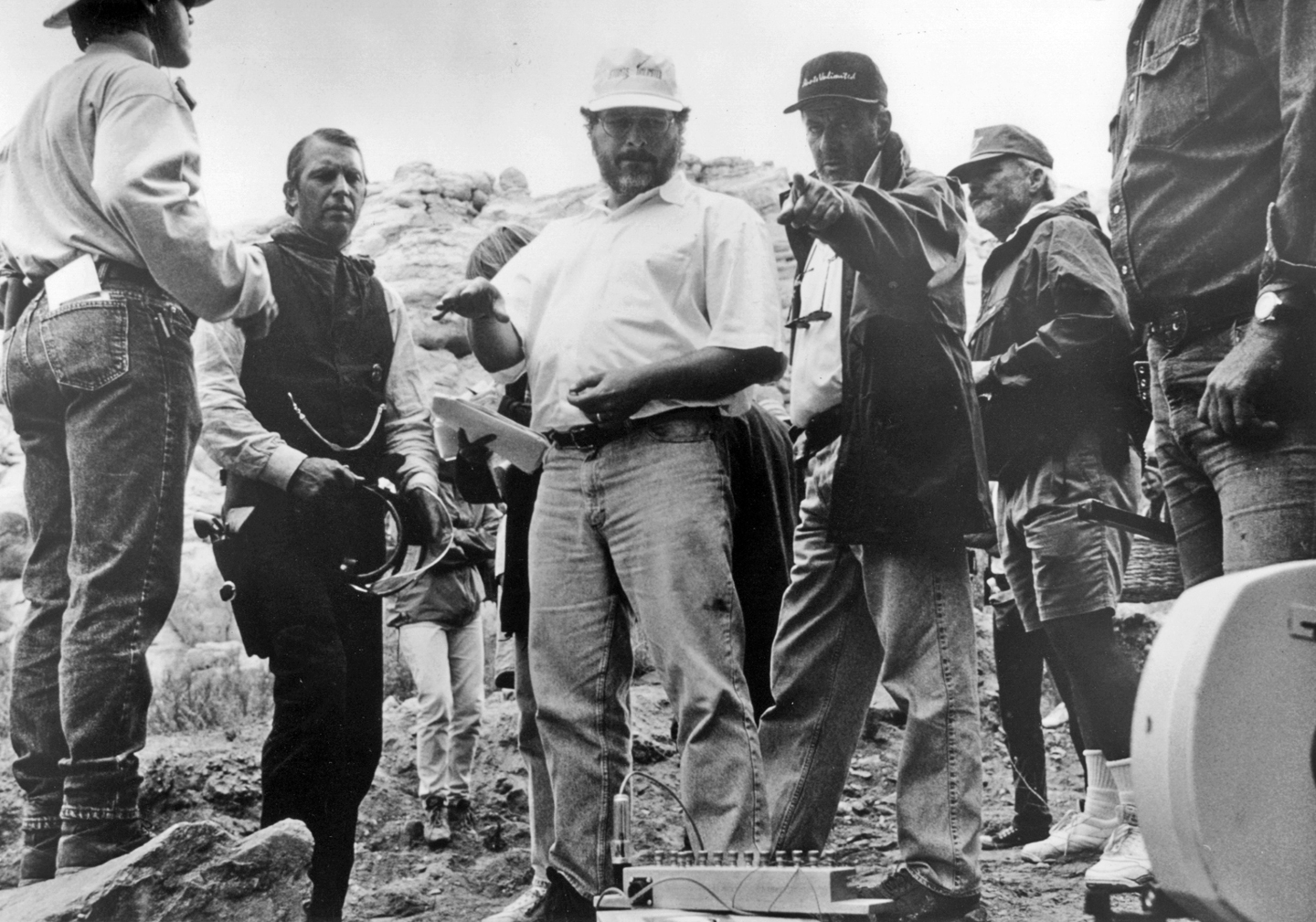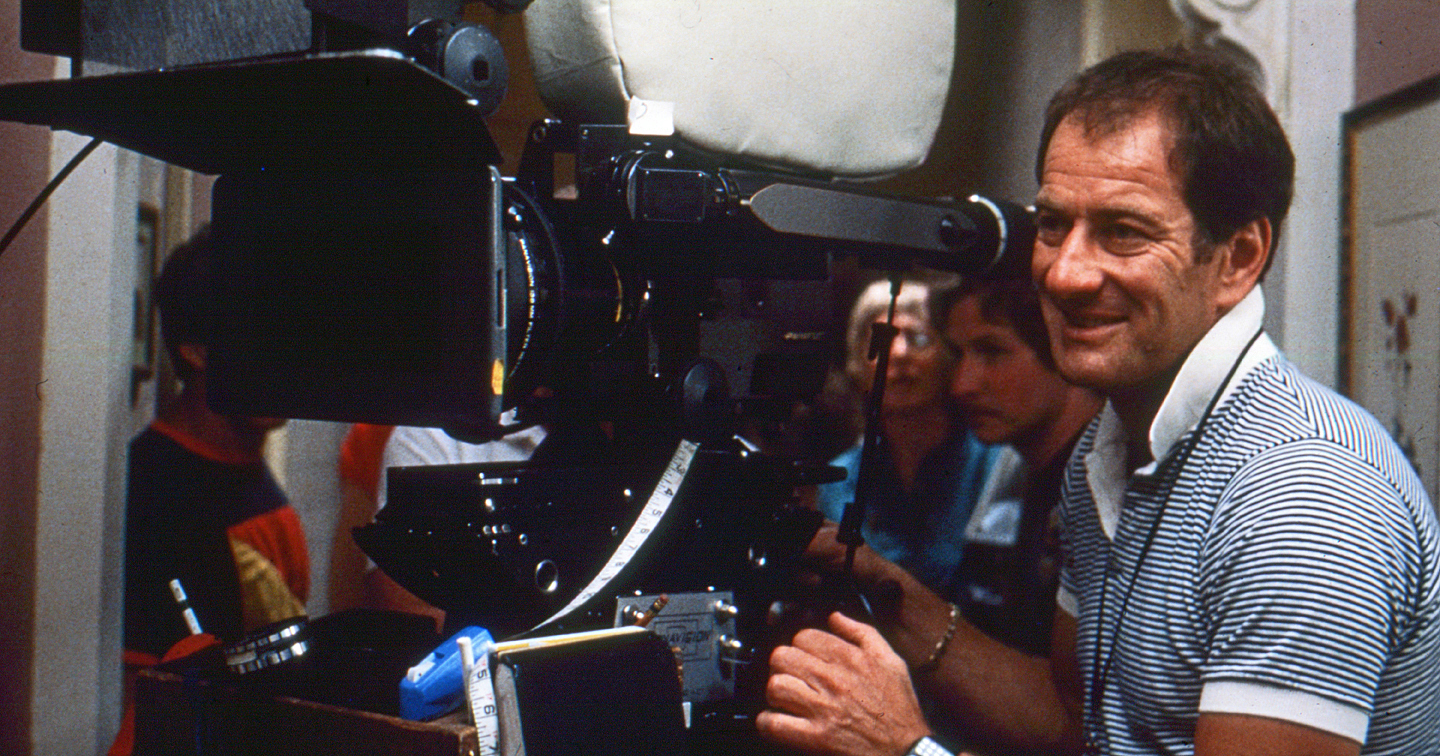
Owen Roizman, ASC Among 2017 Honorary Oscar Recipients
The five-time Academy Award nominee will be presented at AMPAS Governors Awards on November 11.
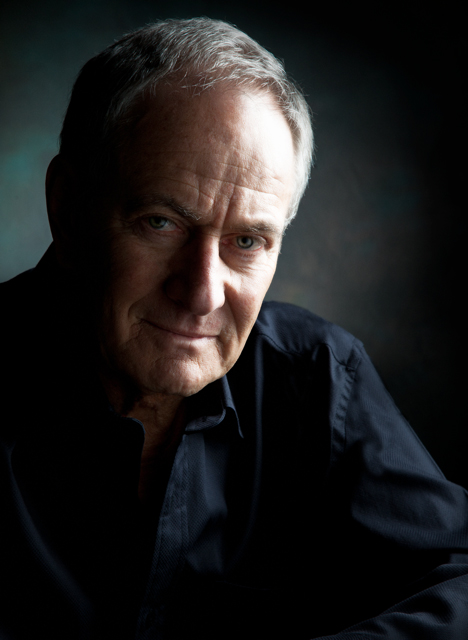
Esteemed cinematographer Owen Roizman, ASC is taking home the gold — in the form of an honorary Oscar statuette — as part of the Academy of Motion Picture Arts and Sciences Governors Awards, to be held on November 11 at the Ray Dolby Ballroom at Hollywood & Highland Center.
The evening’s other well-deserved honorees are writer-director Charles Burnett, actor Donald Sutherland and director Agnès Varda.
The Honorary Award, an Oscar statuette, is given “to honor extraordinary distinction in lifetime achievement, exceptional contributions to the state of motion picture arts and sciences, or for outstanding service to the Academy.”
A five-time Academy Award nominee — for The French Connection (1971), The Exorcist (1973), Network (1976), Tootsie (1982) and Wyatt Earp (1994) — Roizman was on the AMPAS Board of Governors from 2002-2011, representing the Cinematographers Branch.
Among many other honors, Roizman was presented with the ASC Lifetime Achievement Award in 1997 and then the Camerimage Lifetime Achievement Award in 2001.
Roizman was also the president of the ASC from 1997-’98 and a longtime member of the ASC board.
Known for his pioneering and influential use of soft light and stylized naturalism, Brooklyn native’s diverse credits also include Play it Again Sam, The Heartbreak Kid, The Taking of Pelham One Two Three, The Three Days of the Condor, The Return of A Man Called Horse, The Electric Horseman, Straight Time, The Black Marble, Absence of Malice, Taps, True Confessions, Havana, Grand Canyon and French Kiss.
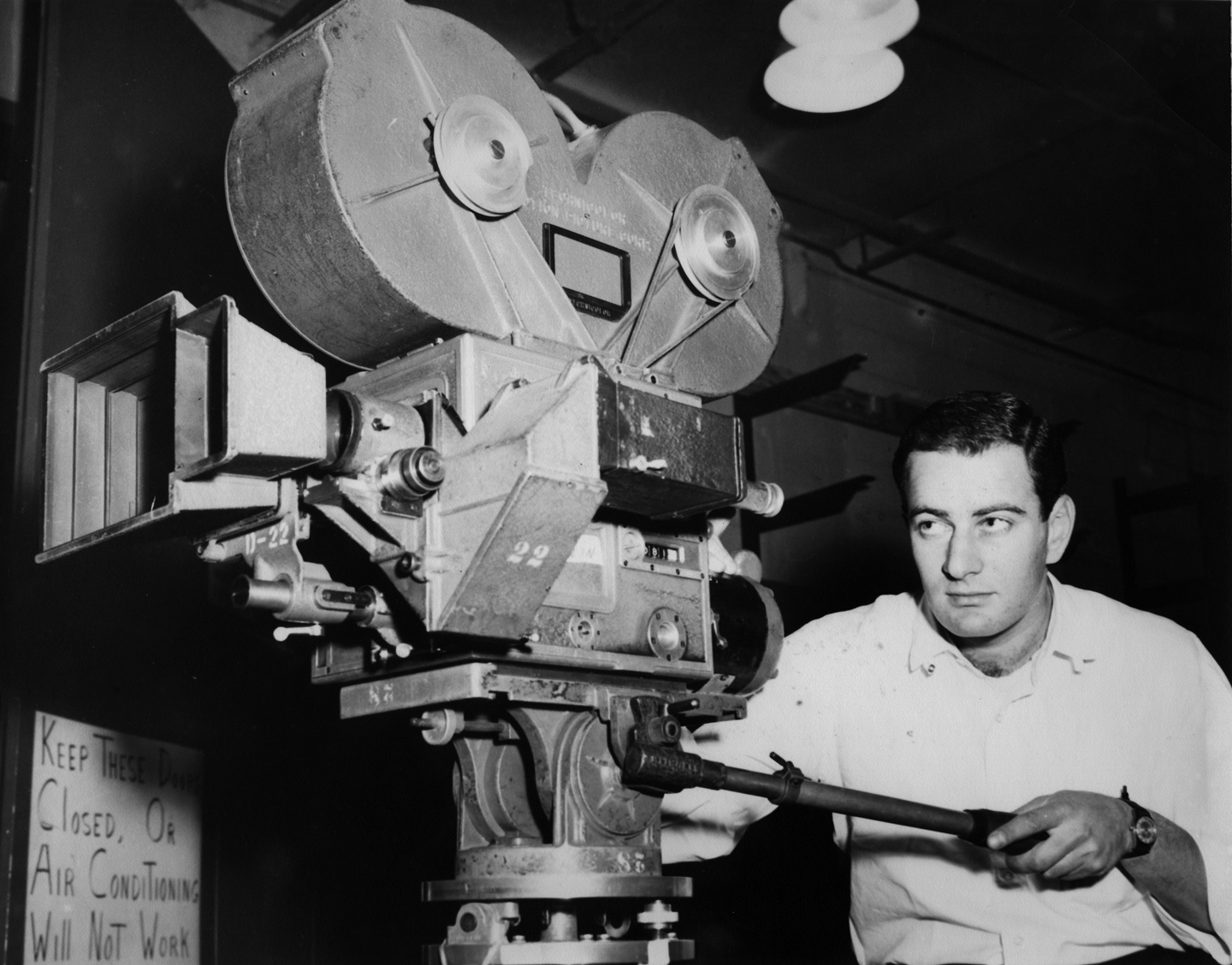
Interestingly, Roizman did not aspire to be a cinematographer until later in life — far more focused on sports and then engineering studies in college.
He got his start working during his summer breaks at a camera rental house in New York City, as his father, Sol, worked as a newsreel cameraman and then an operator on commercials.
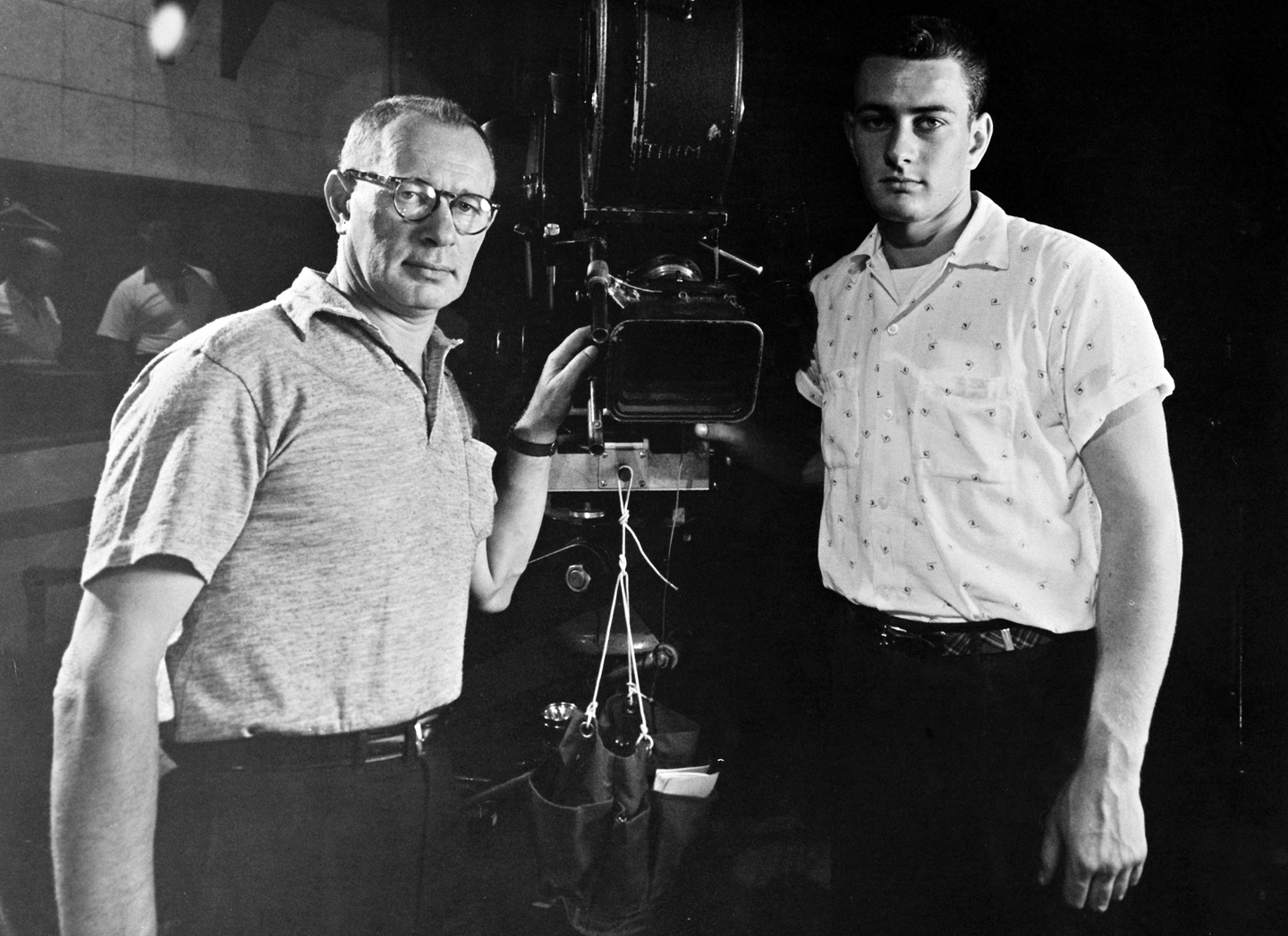
After graduating college, Owen later joined his father working at MPO Videotronics — then the biggest commercial production house in the world — as an assistant to Gerald Hirschfeld, ASC. The three — cinematographer, operator and assistant — worked together until Sol's death, after which future ASC great Gordon Willis briefly joined the team.
Working his way up, Roizman began shooting for MPO, working with young directors who favored a single-source soft-light technique borrowed from the still-photography world that was revolutionary at the time in motion pictures. And the more he used it, the more he liked the effect — as did clients seeking a new, modern look. Roizman gradually moved away from the hard-light approach that he'd learned, favoring this more naturalistic style.
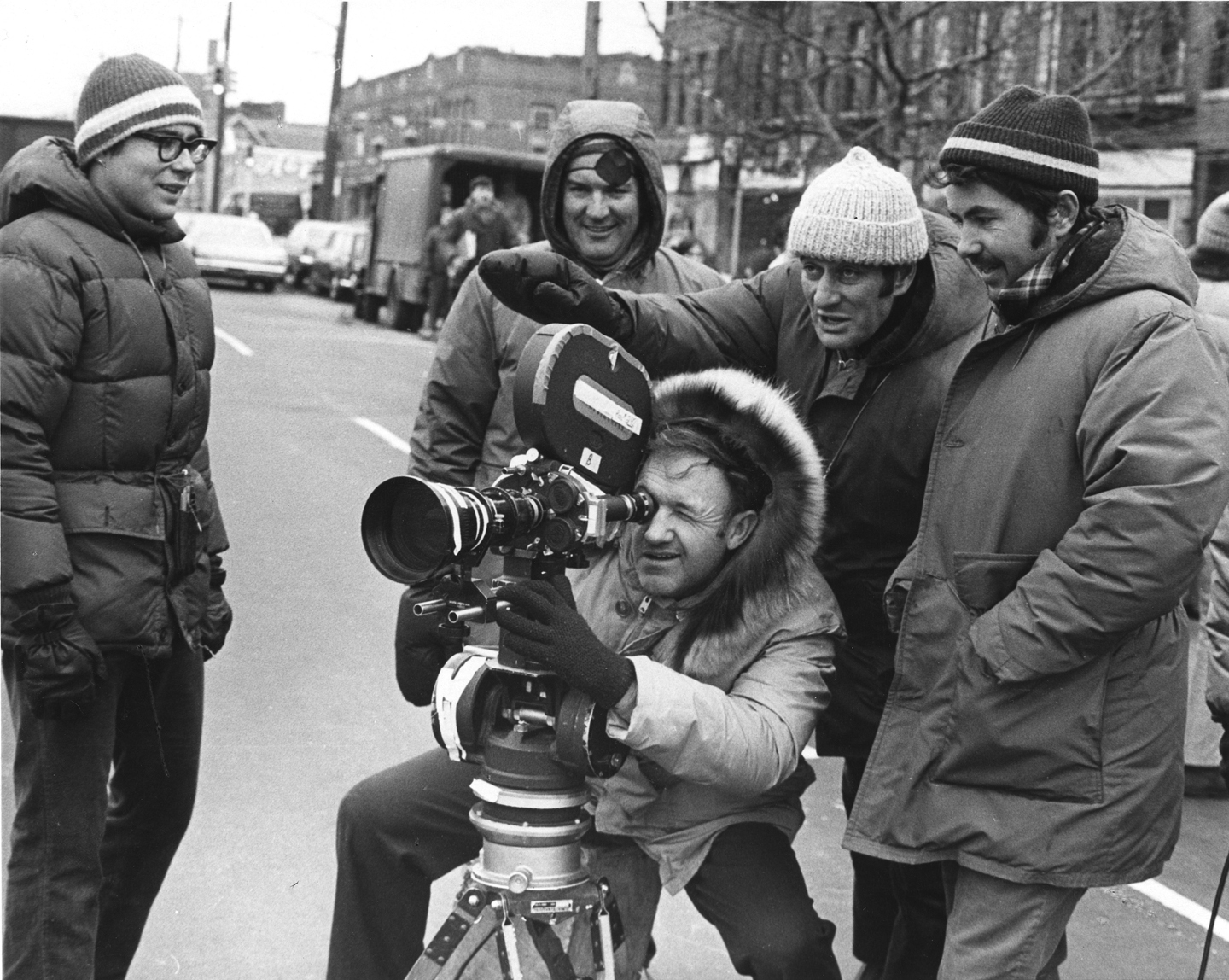
While his first feature film was the unreleased drama Stop! in 1970, Roizman made his mark with his second: The French Connection, directed by William Friedkin. His camerawork in the Oscar-winning gritty crime drama would not only earn Roizman his first Academy Award nomination, but informally define his style for many years, making him known for his "gritty New York street photography" and using only "available light."
Noting his commercial background, Roizman appreciated the irony of the label, later noting, "I had totally changed everything I'd ever learned in order to shoot The French Connection. People would later ask if in fact I really had shot everything with available light and I would say, 'Yeah, everything that was available from the truck.'"
Though Roizman delivered this look when it fit the picture, his creative signature was actually far more mercurial, as evidenced by his diverse credits.
What follows is a brief gallery of images of Roizman at work on various pictures. A more complete piece on the AMPAS honoree will be published soon.
